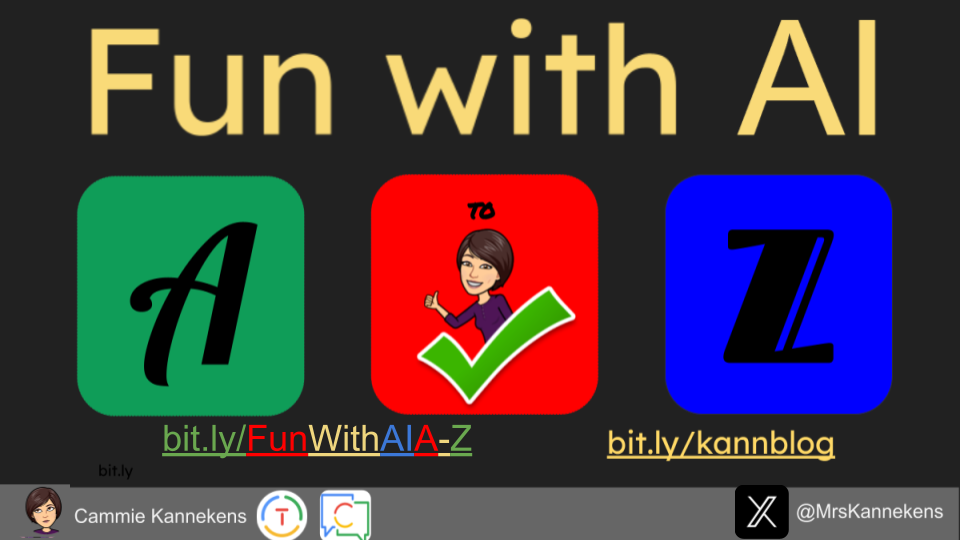As the world of generative AI in education continues to rapidly unfold, it is becoming increasingly clear that we must teach our students about AI, before we encourage them to use it in our classes.
To make it easier for teachers, we are creating a series of “About AI” mini-lessons. These mini-lessons can be used in your classroom as a Play & Pause format… you press the play button, we teach, and you and your class pause and/or rewind as you follow along.
Alternatively, you might find it useful to watch the video for the mini-lesson idea and then replicate it in your own class, perhaps during that perfect teachable moment. Either way, we hope that you will take the time to teach your students (and yourself!) about AI.
The fourth topic in our series focuses on the need to consider safety and privacy issues when using generative AI. This mini-lesson:
- discusses why we need to consider safety & privacy
- considers basic differences between consumer AI sites and educational AI sites (with information from Dr. Torrey Trust)
- lists types of information we need to avoid feeding into our AI prompts; (this list is used directly from Eric Curts’ post “AI Tools & Student Data Privacy“
- provides ideas for anonymizing information that we use in prompts
- suggests a “press pause” practice activity for teachers or students to identify and discuss information that should NOT be included in an AI prompt
Sample TMI prompt for teachers:
Create a reading comprehension exercise for Sarah Johnson, a 9-year-old with dyslexia who lives with her single mother, Jane, who works nights as a nurse at Mercy Hospital on Elm Street. Sarah receives free lunch at school and struggles with attention deficit hyperactivity disorder(ADHD)
Sample TMI prompt for students:
Write a personal essay about overcoming a challenge. Focus on how I dealt with being bullied throughout middle school by Jessica Rodriguez and her group. It got so bad that I switched schools in 8th grade and started seeing a therapist to cope with the depression and social anxiety it caused. And then to top it off, my parents got divorced.
Hopefully, these simple sample prompts lead to some good discussions about the types of information that we should avoid using in our AI prompting. In general, consider this general guideline when prompting: always aim to share the minimum necessary information.
Check out the rest of the series from this launch page.


